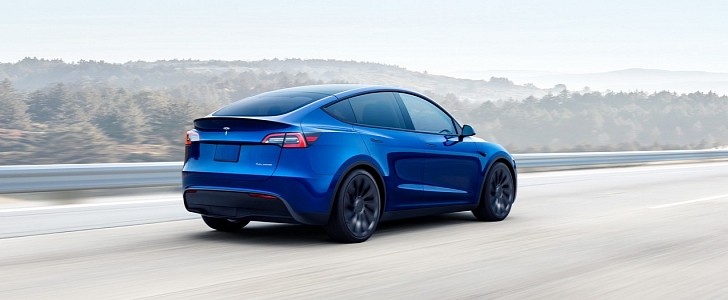All 354 people formally complaining about phantom braking in Tesla vehicles to NHTSA (National Highway Traffic Safety Administration) may now celebrate: the agency opened a PE (Preliminary Evaluation) about the problem. According to the PE 22-002 document that announced it, only Tesla Model 3 and Model Y units made in 2021 or 2022 are involved with it, which means that 416,000 are included.
A PE is not yet an investigation. It is a step toward a formal one, meant “to determine the scope and severity of the potential problem and to fully assess the potential safety-related issues.” That may be a relief to Model S and Model X owners that have complained about the same problem for years already: the first report about the situation that we found dates back to 2016. It also affects vehicles in other countries, such as Norway, but NHTSA is only in charge of those in the U.S.
According to the safety agency, the 354 complaints the PE 22-002 reports were made in the last nine months. It also seems surprised that Tesla owners even coined a name for the defect by calling it “phantom braking.” NHTSA said that the fault occurs when Autopilot is activated, “including adaptive cruise control.” The agency is not aware of crashes and fatalities related to the issue: the document states they are TBD (to be determined).
What makes phantom braking especially concerning is that “the vehicle unexpectedly applies its brakes while driving at highway speeds.” Depending on the situation, Teslas presenting the problem may be rear-ended, with all the consequences that may come from this on a busy highway. The PE 22-002 document states that phantom braking “can occur without warning, at random, and often repeatedly in a single drive cycle.”
This is the second PE against Tesla in a matter of three months. On December 21, 2021, NHTSA opened another one related to “Passenger Play,” a feature that allowed front passenger occupants to play video games with the car in motion. Earlier in 2021, the safety agency started a PE related to Autopilot due to crashes against emergency vehicles. Despite Tesla’s OTA (over-the-air) updates to fix them, they are still ongoing.
According to the safety agency, the 354 complaints the PE 22-002 reports were made in the last nine months. It also seems surprised that Tesla owners even coined a name for the defect by calling it “phantom braking.” NHTSA said that the fault occurs when Autopilot is activated, “including adaptive cruise control.” The agency is not aware of crashes and fatalities related to the issue: the document states they are TBD (to be determined).
What makes phantom braking especially concerning is that “the vehicle unexpectedly applies its brakes while driving at highway speeds.” Depending on the situation, Teslas presenting the problem may be rear-ended, with all the consequences that may come from this on a busy highway. The PE 22-002 document states that phantom braking “can occur without warning, at random, and often repeatedly in a single drive cycle.”
This is the second PE against Tesla in a matter of three months. On December 21, 2021, NHTSA opened another one related to “Passenger Play,” a feature that allowed front passenger occupants to play video games with the car in motion. Earlier in 2021, the safety agency started a PE related to Autopilot due to crashes against emergency vehicles. Despite Tesla’s OTA (over-the-air) updates to fix them, they are still ongoing.


















